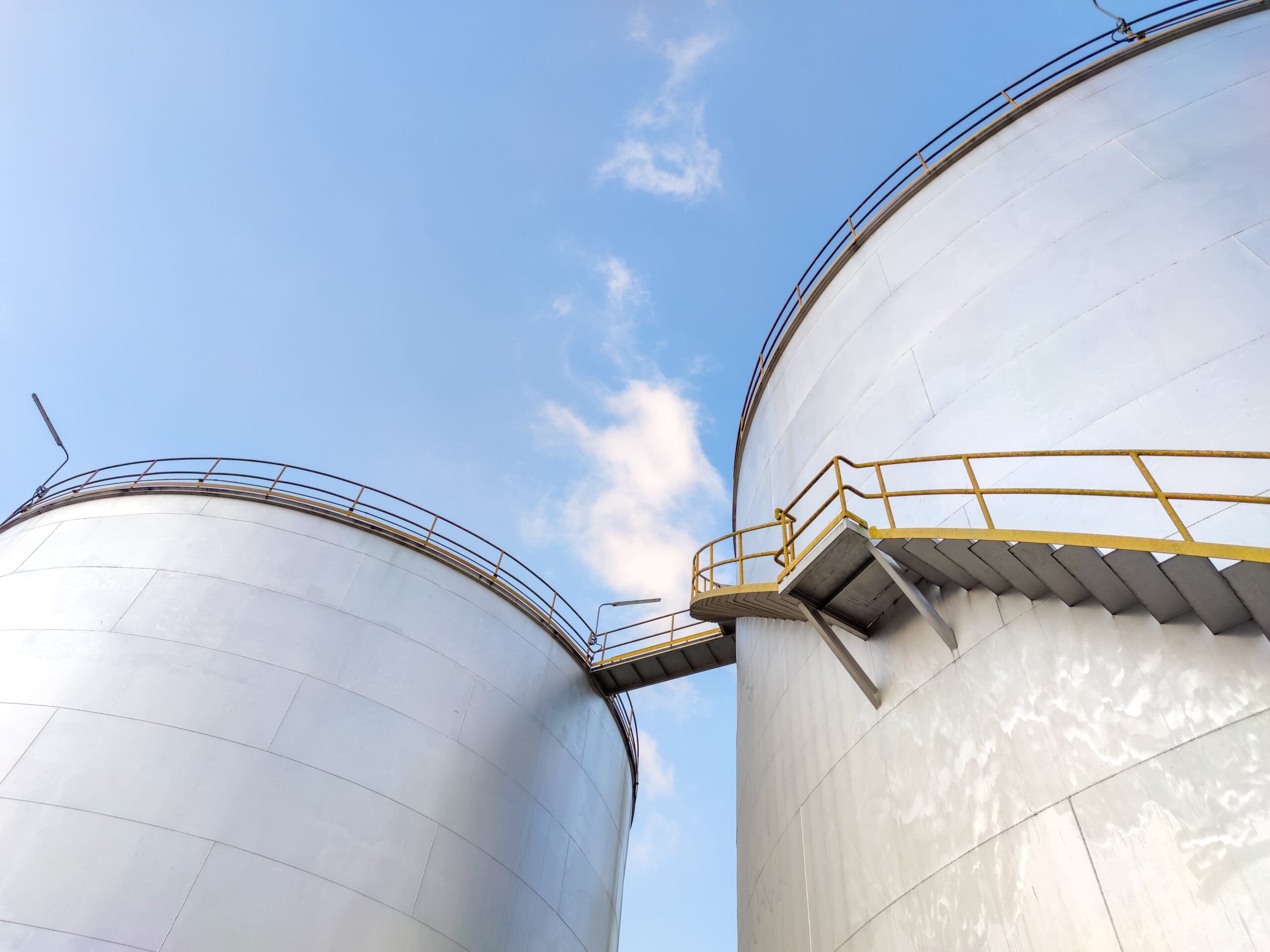The Vital Function of Container Welding Assessment in Ensuring Structural Honesty and Security Conformity in Industrial Applications
In the realm of commercial applications, storage tank welding assessment arises as a crucial component in securing structural stability and making certain conformity with security guidelines. Making use of a combination of techniques such as visual assessments and advanced testing methods, these assessments offer to recognize and reduce prospective problems prior to they intensify right into significant risks.
Significance of Tank Welding Evaluation

Making certain conformity with market standards and guidelines is an additional substantial facet of container welding examination. Regulatory bodies mandate stringent standards for the construction and upkeep of storage space tanks, and comprehensive inspections aid organizations stick to these requirements. Non-compliance can lead to extreme fines, including fines and shutdowns, further highlighting the demand for strenuous examination procedures.
Moreover, tank welding evaluation plays an important role in preserving operational performance. Normal assessments can identify possible concerns prior to they escalate, facilitating timely repair services and reducing downtime. This proactive approach not just enhances security yet likewise adds to set you back financial savings in the future. In summary, the importance of container welding examination lies in its ability to protect public wellness, safeguard the setting, and guarantee compliance with regulatory structures.
Key Examination Methods
Reliable container welding evaluation depends on a range of crucial techniques that guarantee comprehensive assessment of weld top quality and architectural stability. Amongst one of the most widespread methods are aesthetic assessment, ultrasonic testing, radiographic screening, and magnetic particle testing - Tank Welding Inspection. Each technique provides special benefits in evaluating different aspects of the weld
Aesthetic examination functions as the initial line of protection, enabling inspectors to recognize surface defects, irregularities, or variances in the weld grain. Ultrasonic screening uses high-frequency acoustic waves to detect internal problems, such as cracks or gaps, giving a comprehensive evaluation of weld stability. This technique is specifically effective in detecting problems that may not show up externally.
Radiographic screening utilizes X-rays or gamma rays to produce pictures of the welds, disclosing internal suspensions and offering an irreversible document for future reference. This strategy is very effective for important applications where the threat of failing must be decreased.
Finally, magnetic particle testing is utilized to recognize surface and near-surface issues in ferromagnetic materials. By applying electromagnetic fields and fine iron fragments, assessors can determine stoppages that may compromise the structural honesty of the tank. With each other, these strategies form a durable structure for making certain top notch welds in industrial applications.
Compliance With Safety Requirements

Routine assessments play an essential function in making certain conformity by determining potential failings or inconsistencies from recommended criteria. Examiners are trained to review weld top quality, confirm material specs, and assess the overall architectural honesty of tanks. Their expertise is essential in making certain that welding procedures fulfill the required safety requirements.
Moreover, conformity with security criteria not only shields employees yet also safeguards the atmosphere from possible risks such as leakages or disastrous failings. Organizations that focus on safety conformity are much better positioned to alleviate dangers, boost functional effectiveness, and foster a society of safety within their labor force. In summary, maintaining extensive compliance with safety and security standards is indispensable for the successful procedure of tank welding activities in industrial settings.
Benefits of Normal Inspections
Routine assessments are important to keeping the structural stability and safety of bonded tanks. These assessments provide an organized strategy to determining possible problems or weak points in the welds, making great site sure that any kind of problems are attended to prior to they intensify right into considerable failings. By conducting routine analyses, companies can spot rust, exhaustion, and various other types of wear and tear that may jeopardize storage tank performance.
Moreover, consistent examinations add to conformity with industry guidelines and criteria. Abiding by these guidelines not only reduces legal threats however additionally improves the company's online reputation for safety and security and dependability. Regular inspections foster an aggressive safety culture, urging employees to recognize and focus on the value of tools honesty.

Situation Researches and Real-World Applications
Instance researches and real-world applications illustrate the substantial influence of effective tank welding evaluation methods. One notable example is a large petrochemical facility that dealt with considerable operational interruptions as a result of leakages in tank. Adhering to the implementation of extensive welding assessment protocols, consisting of visual and ultrasonic testing, the center determined important defects in weld joints that could have led to tragic failings. This aggressive method not only avoided environmental risks but likewise conserved the business millions in prospective cleaning expenses and regulative penalties.
Similarly, a water therapy plant executed an extensive inspection program for its container welding operations - Tank Welding Inspection. By including non-destructive testing methods, the plant was able to spot very early description indicators of deterioration and exhaustion in weld joints. This prompt intervention extended the life-span of the storage tanks and ensured conformity with safety and security regulations, therefore protecting public health
These study emphasize the importance of normal and organized storage tank welding assessments. By focusing on these methods, markets can reduce threats, boost structural integrity, and ensure conformity with safety and security standards, ultimately causing boosted operational effectiveness and decreased responsibilities.

Final Thought
In final thought, container welding examination is an indispensable element of preserving architectural stability and security in industrial applications. Using various inspection techniques ensures early discovery of prospective defects, consequently protecting against disastrous failings.